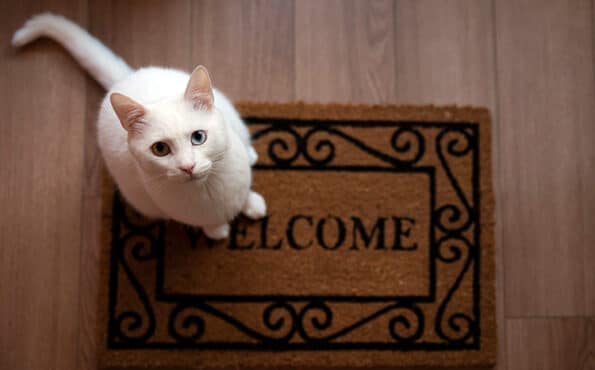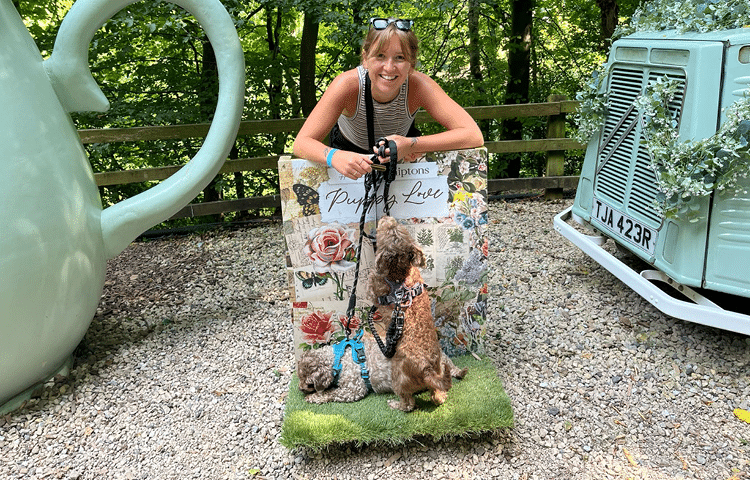Dreaming of turning your love for animals into a career? A pet sitting business can give you flexible hours, fun work, and the chance to be your own boss. But it takes more than just cuddling cute pets to make it work. Building a successful pet sitting business requires planning, effort, and a professional approach.
In this guide, we’ll break it all down step by step. Whether you’re just getting started or looking to grow your business, here’s everything you need to know.
Jump to:
- Getting started: your first steps to success
- What you need to start a pet sitting business
- How to run a pet sitting business day-to-day
- Your adventure awaits
Getting started: your first steps to success
Before you dive into professional cat cuddles and dog walks, you need to lay the groundwork. Building trust and your profile are key to getting your business off to a good start.
Here’s how to begin:
1. Create a standout profile
Word-of-mouth recommendations are golden in the pet-sitting world. But when you’re just starting, your online profile is your next best bet. Think of it as your shop window – it’s the first thing potential clients see, so make it shine! Platforms like Rover and Trusted Housesitters are great places to start.
Kelsey, an experienced pet sitter, says, “Your profile should include pictures of you with animals to show your love for them, plus a bit about who you are and your experience.” Let your passion and personality come through – it’s what draws clients in.
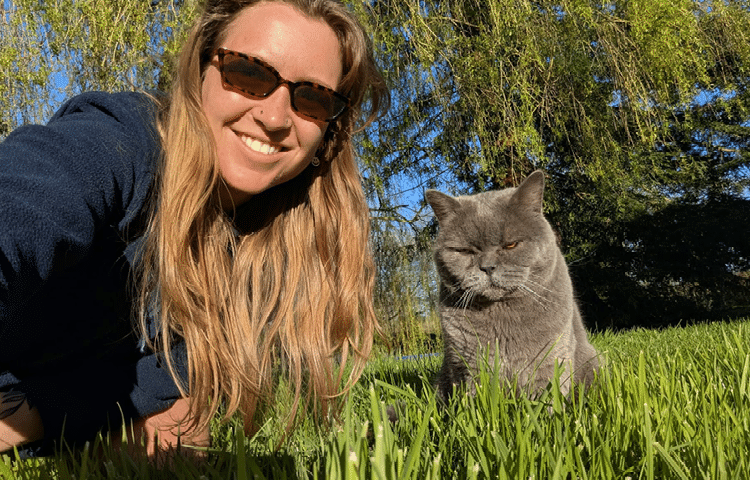
2. Gather your first reviews
Positive reviews are everything when you’re starting out. They show clients you’re trustworthy and reliable.
When launching a pet-sitting business, Kelsey advises, “Reach out to friends, family, or anyone you’ve previously helped with pet care for testimonials.” A few 5-star reviews are handy for landing your first job.
3. Start small and local
Don’t feel like you need to jump into a big, complicated job right away. Starting small can help build your confidence and experience.
“I began with a weekend cat-sit job just an hour away from home,” Kelsey recalls. “It helped me get that first five-star review.”
It can help to stick to short, local sits at first, and work your way up as you gain experience.
What you need to start a pet sitting business
One of the great things about pet sitting is that it doesn’t require a huge investment upfront. But having the right tools and credentials can set you apart and make you look more professional.
Qualifications and legal checks
In the UK, you don’t need formal qualifications, a license, or insurance to pet sit. But having these can boost your credibility with potential clients.
“You don’t need them, but they make you look more professional,” Kelsey explains. She completed a Level 2 in dog walking and pet sitting at Leeds College, along with a pet first aid course.
A DBS check is also a good idea – it’s quick and easy to do, and only costs £21.50. Find out more about DBS checks.
Do I need insurance for pet sitting?
While it’s not needed, pet sitting insurance is highly recommended for peace of mind. It shows clients you take your responsibilities seriously and that their pet and their home are in trustworthy hands! For more details, check out our blog, Do I need pet sitting insurance?
“My insurance with Brooks Braithwaite covers me for third-party liability and even pet taxi services,” Kelsey says.
Cover for driving clients’ pets out and about is crucial if you plan on taking them for walks outside of the local area, or if you need to get them to the vet in an emergency.
Do I need forms or contracts for pet sitting?
If you’re using websites like Trusted Housesitters or Rover, they typically provide digital forms for clients to complete. These help gather important information about the pet, such as medical history, allergies, daily routines, and personality traits.
If you’re not using a platform, it’s wise to create your own form. Be sure to collect critical details such as:
- Medical history
- Allergies
- Daily routine
- Personality quirks
- Emergency contacts (including their vet)
Essential gear for pet sitters
You don’t need a ton of equipment, but a few key items can make your job easier:
- Toys: Always have cat and dog toys on hand. “I carry a spare tennis ball in case I forget theirs,” Kelsey adds.
- Spare leads: A backup leash is a lifesaver if one breaks.
- Treats: Bring some along but always check for allergies or sensitivities with the owner first.
- Car seat cover: Perfect for muddy post-walk rides.
- Pet first aid kit: This is a must-have for any responsible sitter.
How to run a pet sitting business day-to-day
Once you’ve got your first clients, it’s all about delivering great service and staying organised. Here’s how to keep things running smoothly:
Setting your rates
Deciding what to charge can be tricky. Your rates will depend on your experience, location, and the pets you’re caring for. Check out the local competition to see what the going rate is for your area.
Kelsey started at £20 a night to build her client base. “Now I charge £35 a night for dogs, £25 for cats, and an extra £5 for each additional pet,” she says.
A good starting point is £20–£25 per night. You can raise your rates as you gain more experience and reviews. Keep in mind, you can usually charge more for puppies or pets with extra needs, as they usually need extra time and care.
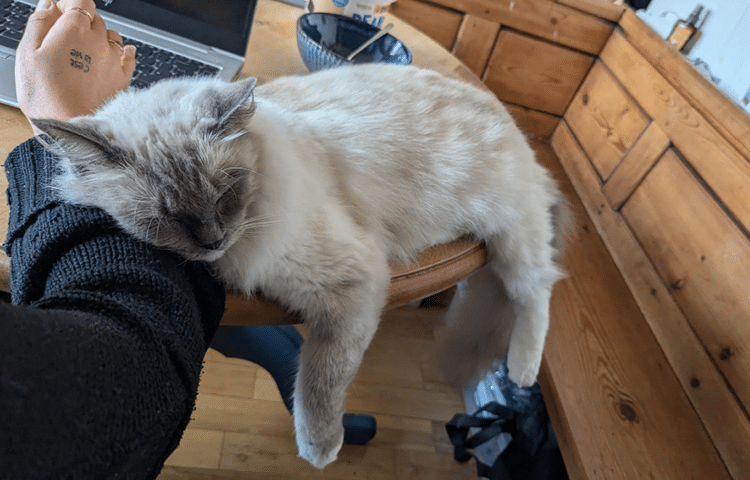
Finding pet sitting jobs
Reliable platforms like Trusted Housesitters and Rover are fantastic options for connecting with clients.
“I’d steer clear of Facebook groups – they’re not always the safest or most reliable,” Kelsey advises. “Pet owners who truly value their pets will turn to trusted platforms, not just anyone trying to make some money on the side.”
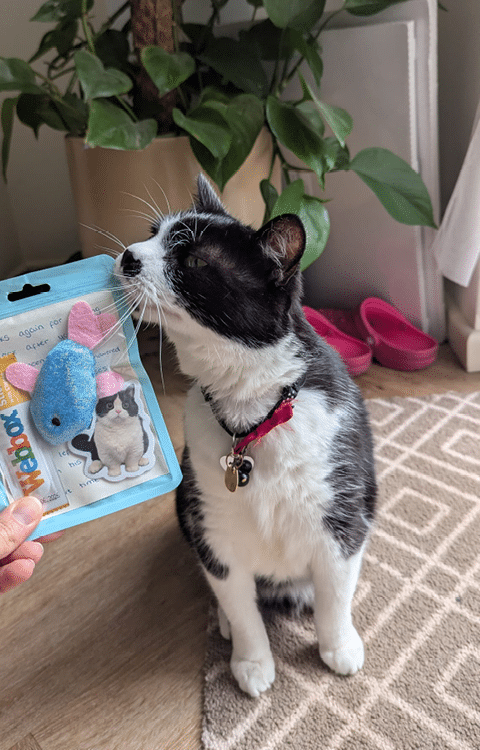
Building a professional brand
Small touches can make a big difference. Kelsey uses business cards with QR codes linking to her profile and goes the extra mile by leaving a small gift for clients.
“I include pet treats, sweets for the owners, and a pet report card to let them know how the sit went,” she shares.
It’s small but thoughtful gestures like this that will help you stand out and keep you in mind for the next time they need a pet sitter.
Staying safe as a pet sitter
Your safety is paramount. Before committing to a new house sit, Kelsey highly recommends a video call. This allows you to scope out the home and ensure you feel completely comfortable.
Always clarify house rules with clients, and don’t forget to ask about security systems and cameras they might access while you’re there. Your well-being comes first!
“Remember to share your location and emergency contacts with someone you trust,” she advises. “And if something doesn’t feel right, trust your gut. There are always other house-sits.”
Your adventure awaits
Pet sitting is an incredibly rewarding and flexible career that’s open to anyone with a love for animals. Whether you’re a student, professional, or retiree, it’s a fantastic way to spend time with pets while earning extra income.
As Kelsey says, “It’s not just for young people – it’s also great for retirees who want to travel and enjoy the company of animals.”
By creating a strong profile, getting certified, and focusing on professionalism and safety, you’ll be well on your way to building a successful pet sitting business. Time to take the leap – your adventure starts now!

